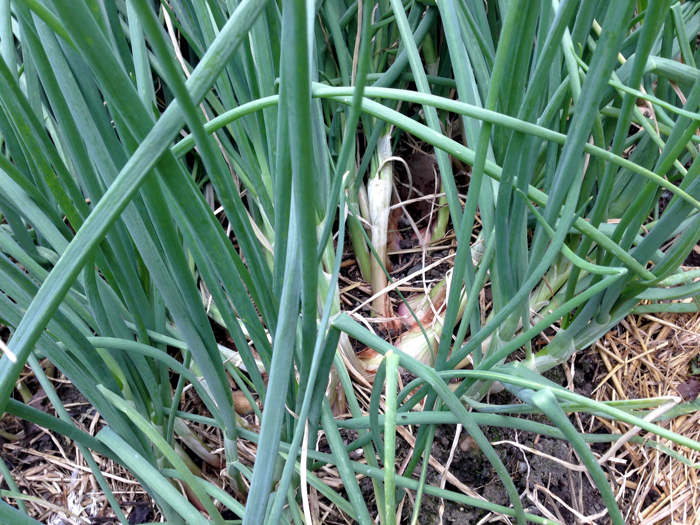Your cart is currently empty!
Month: June 2014
-
Two Moms
This is a first. There are two chicks with two mothers. Three weeks ago the black hen started sitting on a clutch of eggs. About ten days ago, a white hen decided she wanted to sit on the clutch two. Sometimes the black hen would be on the eggs. Other times the white hen. After a few days, they had the eggs divided and they sat on them side by side.
Two chicks hatched and today the hens had them outside. The chicks were going from one hen to the other, treating both of them as if they were their mother. When one hen would find something good to eat and call for them, they would come running to see what she was pecking at. When the other hen did the same, they went running to her.
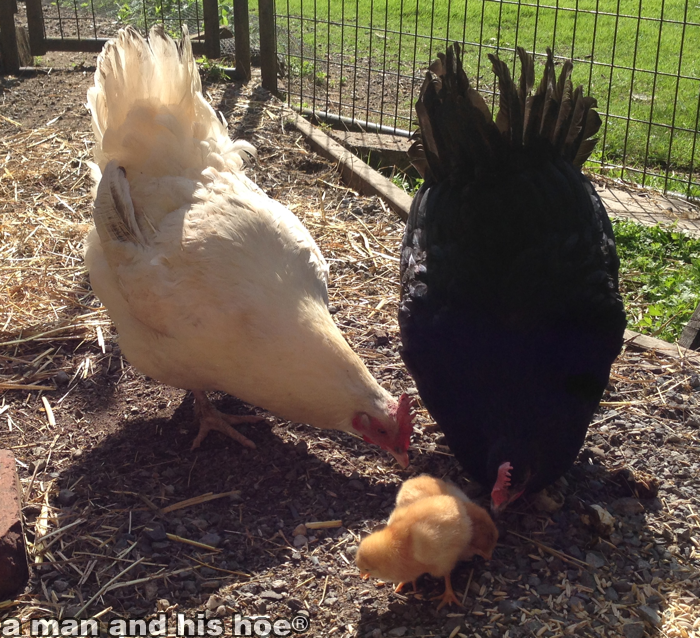

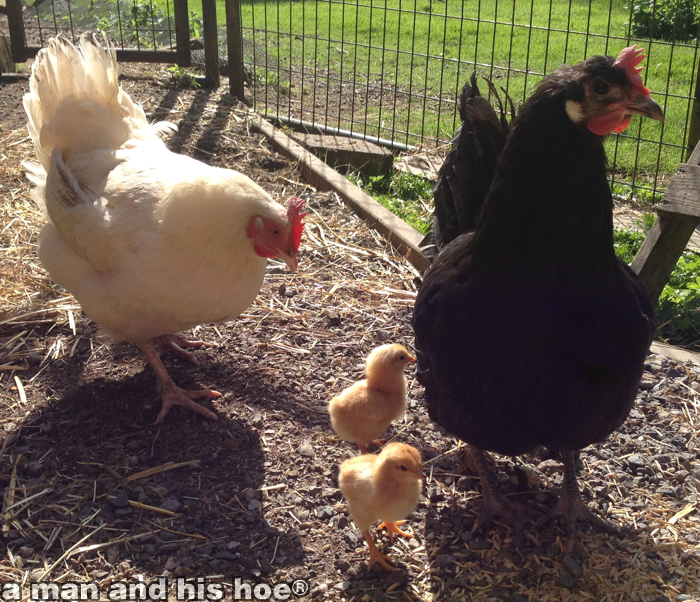

I have no idea how this will turn out. I’m thinking that one of the hens will end up being the mother that raises them, but who knows? Maybe they will come to a co-parenting arrangement. See Interracial Lesbian Mothers.
-
Out of the Garden Today – June 18, 2014
In his Parasites, Killing Their Host – The Food Industry’s Solution to Obesity article yesterday, New York Time’s op-ed writer, Mark Bittman describes how food corporations are killing their customers by producing highly processed food that is causing the obesity and diabetes epidemic.
Aware that finding solutions to this epidemic is important, some of these food corporations want to re-engineer their food and work with communities to solve the epidemic. Of course, much of this new food is highly processed and as far from real food as the many of the products that line supermarket shelves today.

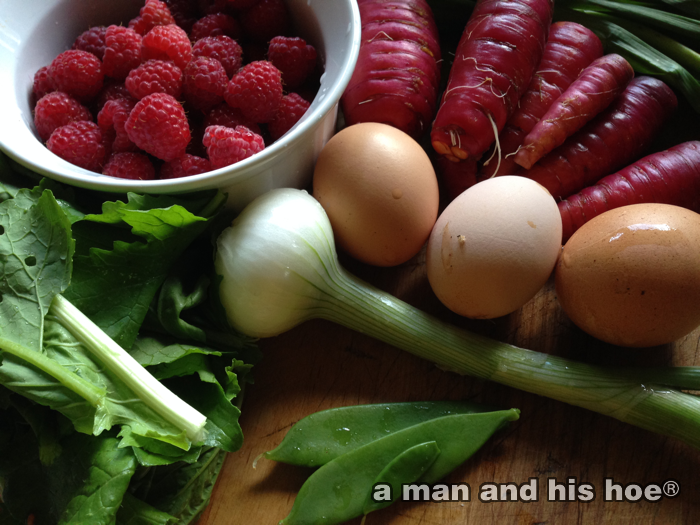
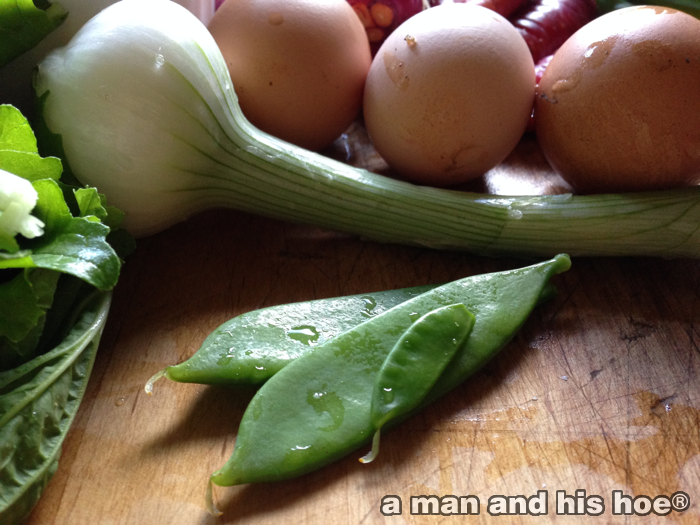
A more long term solution is to enable everyone to have easy access to real food, fresh out of the garden like I have every day. When you have real food this sumptuous, settling for something that comes out of can or box doesn’t cross your mind. Even picking up produce picked a day or two or a week ago loses it’s appeal. Nothing compares to eating raspberries off the vine or munching on peas that you’ve just picked. Everyone should be able to do this.
Organizations like Seattle Urban Farm Company and Urban Harvest show that this is possible. You can grow a lot of food in the city. And the more people eat real food, fresh out of the garden, the more they will demand it.
-
In the Woods Today
Recent rains have made the woods cool and damp. The smell of decomposing leaves, twigs, and branches on the forest floor is so fresh. Any day is a good day for a walk through the woods. It takes just a few steps out of the house to be in the woods. It’s easy to take such luxury for granted.

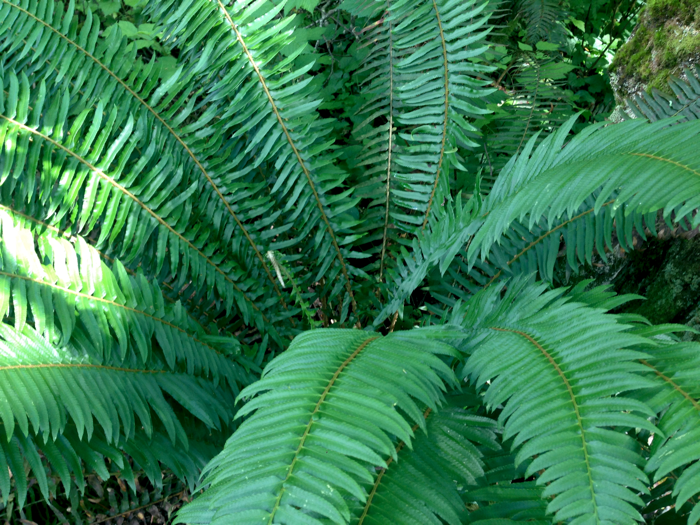
Many years ago, I lived in a desert country for a time. The mountains and valleys were barren. Not a speck of green to the horizon and beyond. I’d close my eyes and dream of green. I met a local person who saw photographs of lush, green mountains of distant countries, and he told me that he thought the photographs weren’t real. Only knowing desert mountains, he thought that someone had painted the green on the photographs. It wasn’t until he traveled and saw the forested mountains for himself that he realized there are places in the world that are so green.
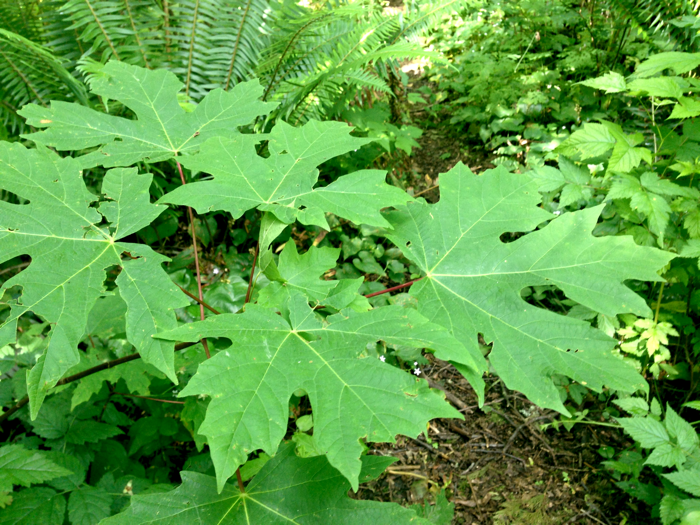



Stepping out of the woods, I see that the blueberries are forming. This is how blueberries look like before they turn blue. Another month and they will be as blue as the sky.
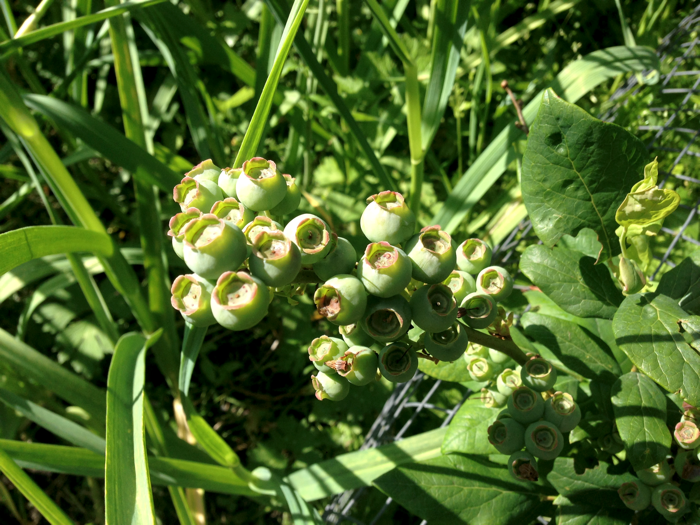
-
The Power of Tiny Things
Life is the story of the power of tiny things. Each of us started as tiny, infinitesimal specs. And yet we are now giants, roaming the earth, millions of times larger than when we first started. It’s the same with beans. Small, beautiful seeds, beans rise out of the earth, pushing aside heavy dirt and brush as they make their ascent toward the sun. They are among the champions of growth and energy, growing taller every day.

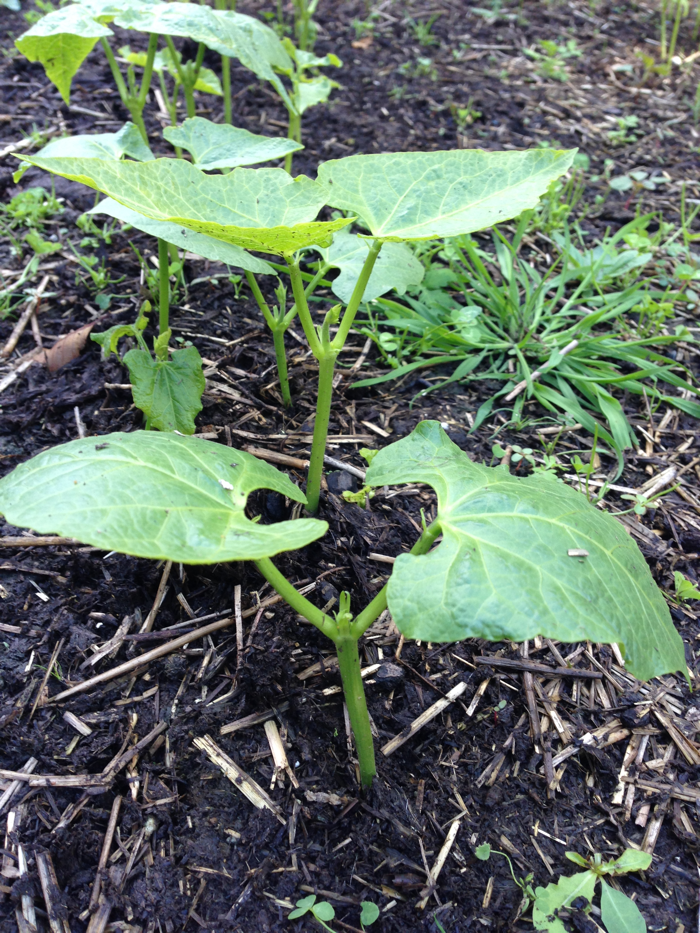

With these tiny arugula seeds, I hold in my palm the makings of a hundred salads. There is enough energy in each seed to create an entire salad. With these seeds and just five weeks or so, and I can invite a small army of friends over for a small feast.
Want to be amazed? Grow your own food … even if you just have space for a few pots on a window sill.
-
What Ripening Shallots Look Like
The shallots are almost done. Their long, slender leaves are starting to lie down.
Now I lay me down to sleep,
I pray the Lord my soul to keep,
If I shall die before I wake,
I pray the Lord my soul to take.Their bulbs are firming, and I’m already picking them to eat. The great thing about growing your own produce is that you can eat it at all stages of life. Shallots are such amazing plants. Put one bulb in the garden, and three to six months later gather five or six. You can’t do that with your money in a bank. Not only that, along the way, they fill your garden with great beauty. Periodically, you can snip their leaves to use in salads or sauces. Even when they fall down and dry out as they ripen, they retain their beauty.
Nature is not stingy. It will take one bulb or one seed and in a short time reward you with tens, hundreds, thousands or more.
